The 1950s were a bustling era for Montreal, with the city’s heart beating in rhythm with jazz music, which had seeped into the nightlife, invigorating the post-war population. Jazz bars and nightclubs dotted the city, hosting international stars and burgeoning local talents, symbolizing an era of cultural renaissance and the diverse tapestry of Montreal’s artistic scene.
This decade also witnessed an expanding gastronomic landscape. With the influx of immigrants, Montreal’s culinary offerings burgeoned. From tantalizing pastries in the windows of local bakeries to the aromas wafting from the emerging array of restaurants, the city began its journey to become a haven for food enthusiasts.
Architectural Acumen and the Skyline’s Transformation
Montreal’s skyline in the 1950s underwent significant changes, with architectural endeavors aiming to balance the charm of the old world with contemporary design. The city saw the construction of innovative buildings, with styles ranging from Art Deco to more modernist influences, reflecting global trends.
One of the monumental projects was the development of Place Ville-Marie, initiated towards the end of the decade. This cruciform skyscraper would eventually change the city’s skyline forever, symbolizing Montreal’s economic prosperity and architectural boldness.
The Quiet Revolution’s Prelude and Political Climate
The 1950s were a prelude to Quebec’s Quiet Revolution, and there were rumblings of the significant societal changes that the subsequent decade would bring. The era was characterized by a conservative government under Maurice Duplessis, whose policies often clashed with the burgeoning desire for change among the populace, setting the stage for the dramatic transformations of the 1960s.
Issues such as labor rights and the role of the Catholic Church in public life were hot topics of debate. The decade also saw the rise of strong labor unions and increasing demands for educational and institutional reform, highlighting the population’s growing unrest.


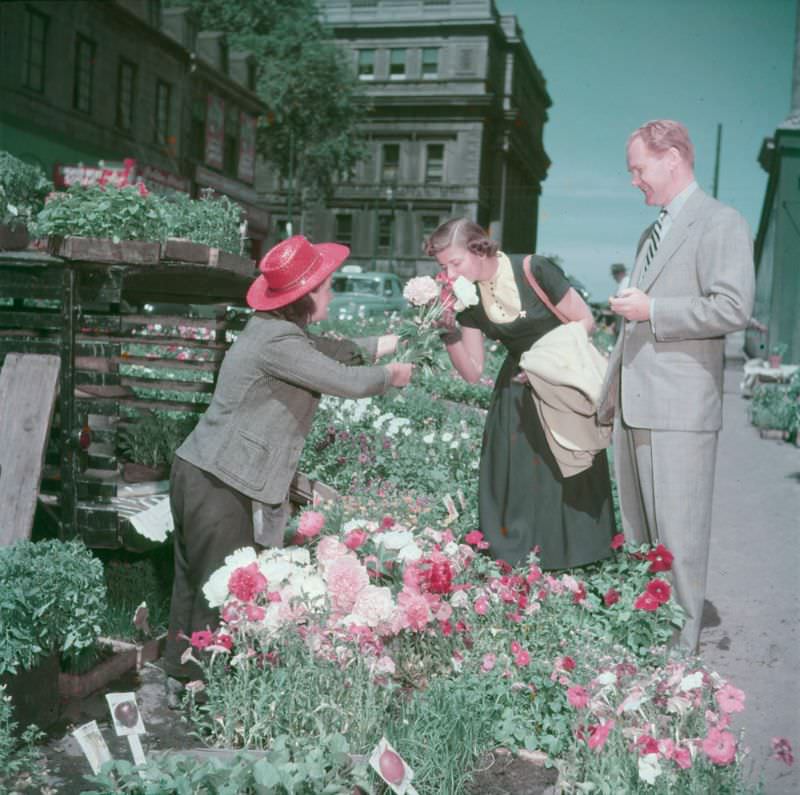
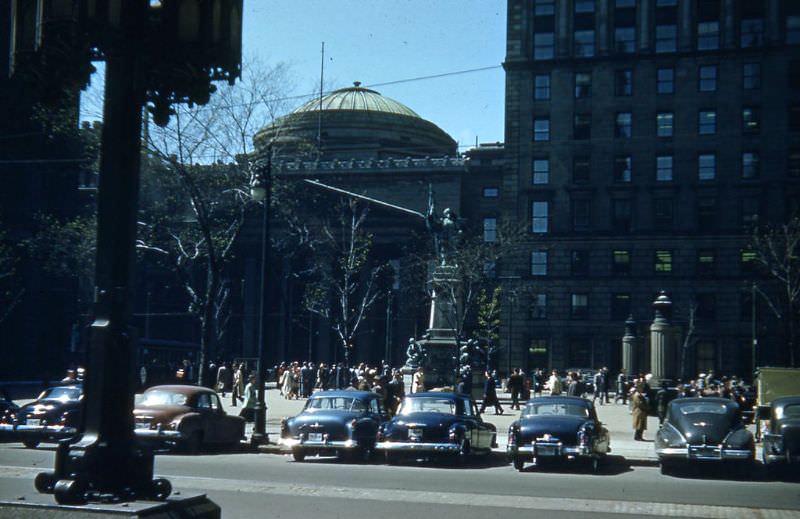
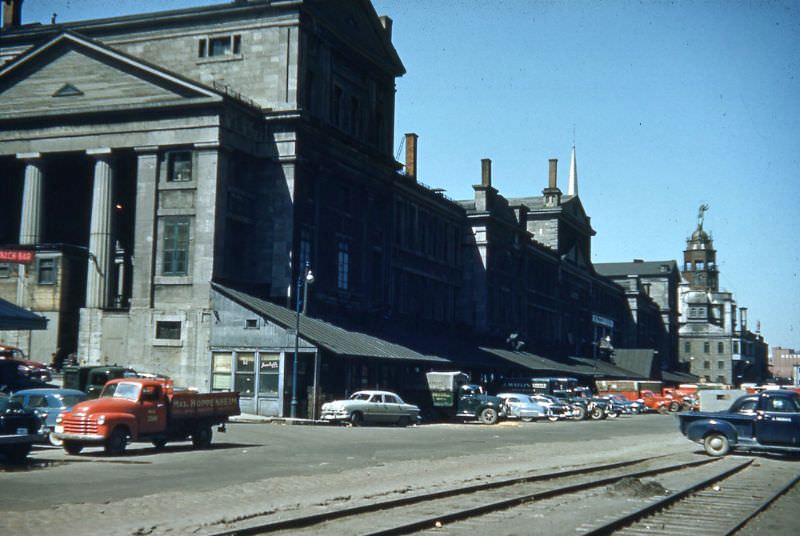
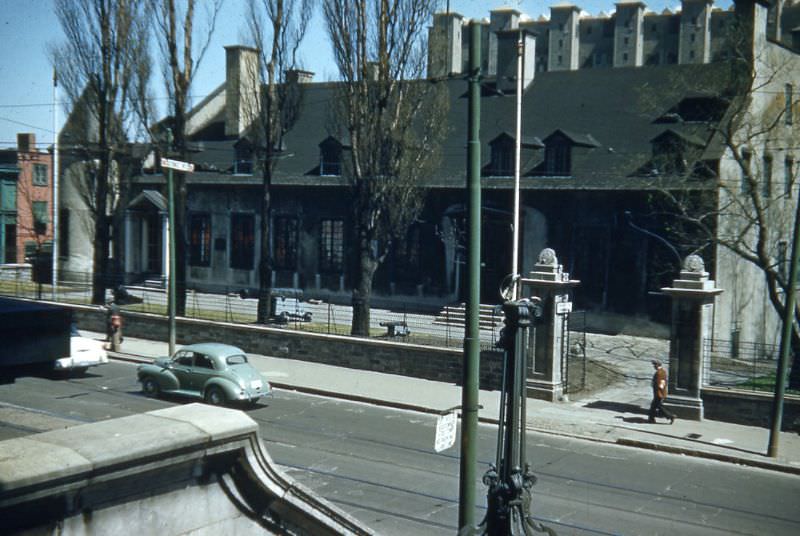
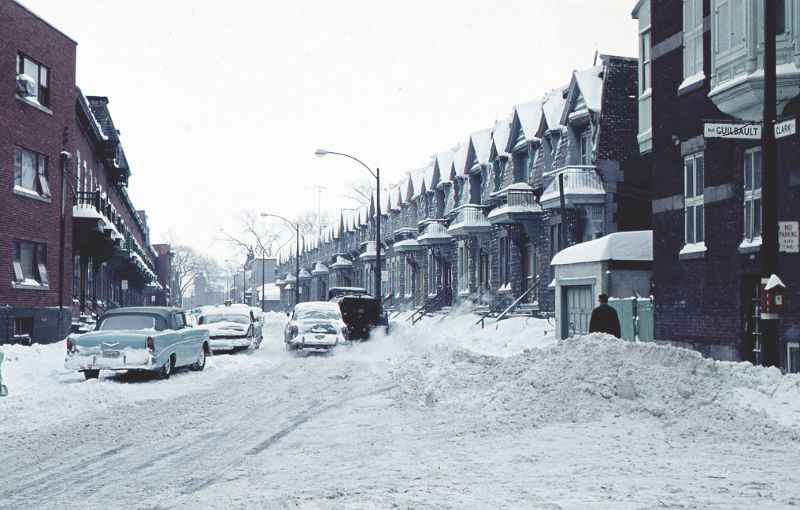
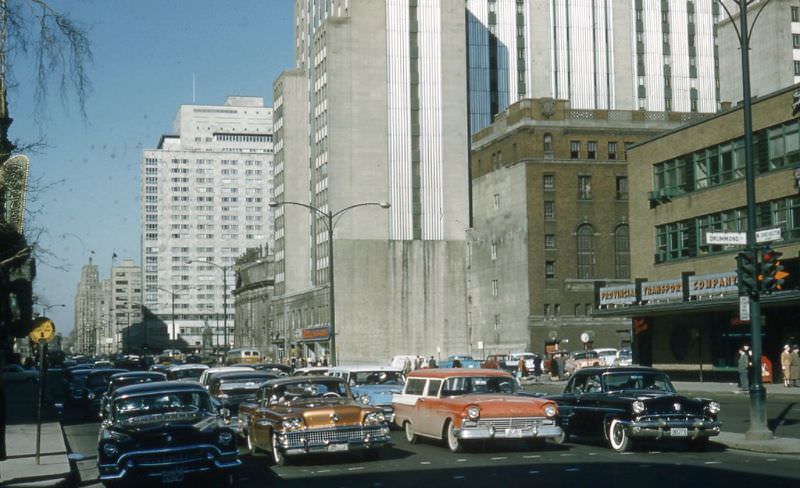
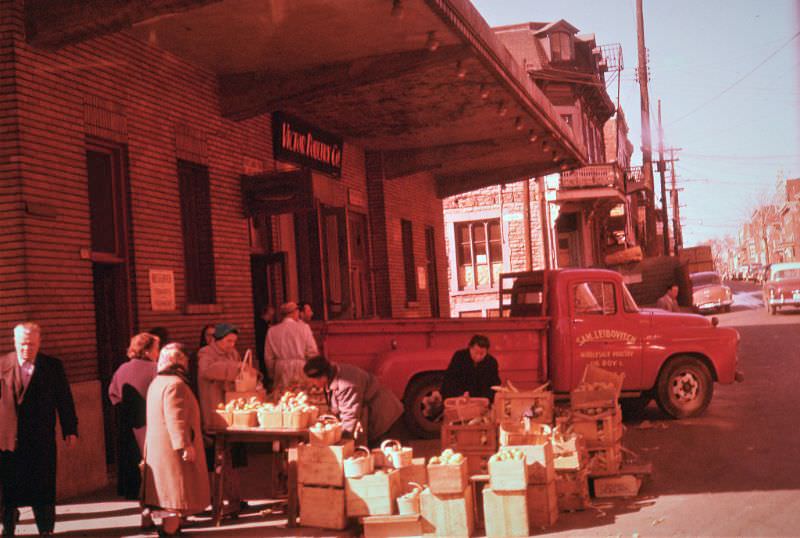
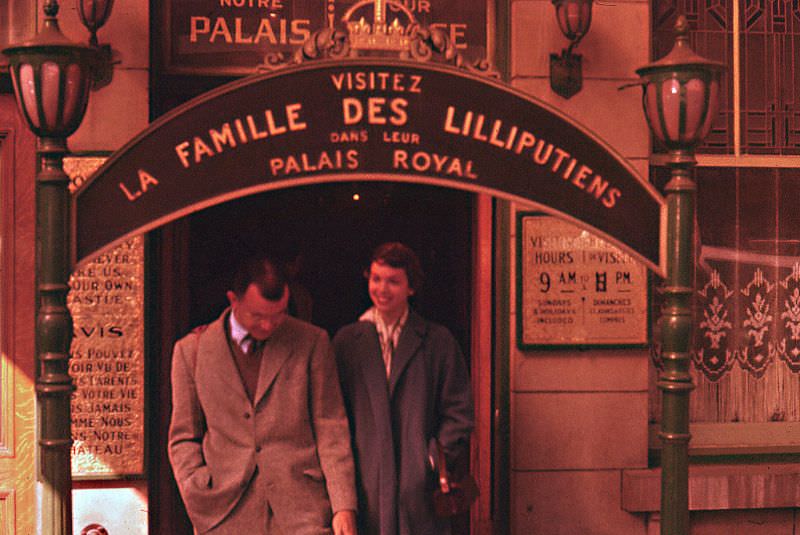
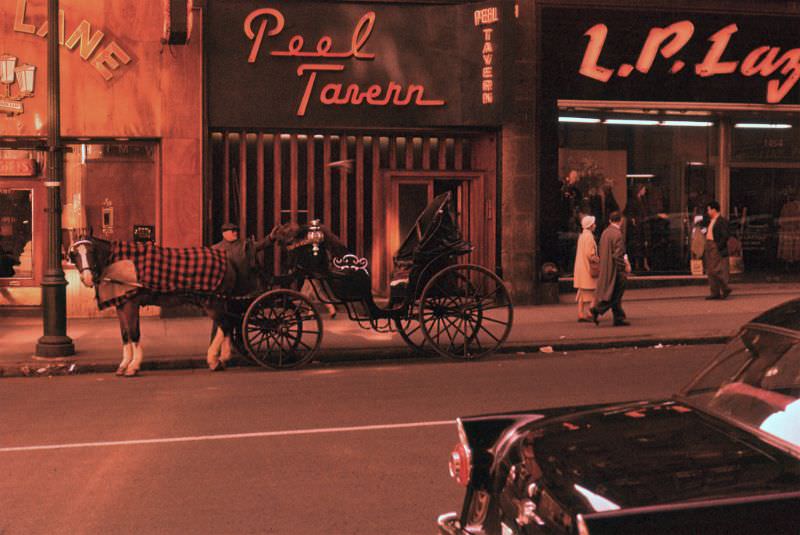
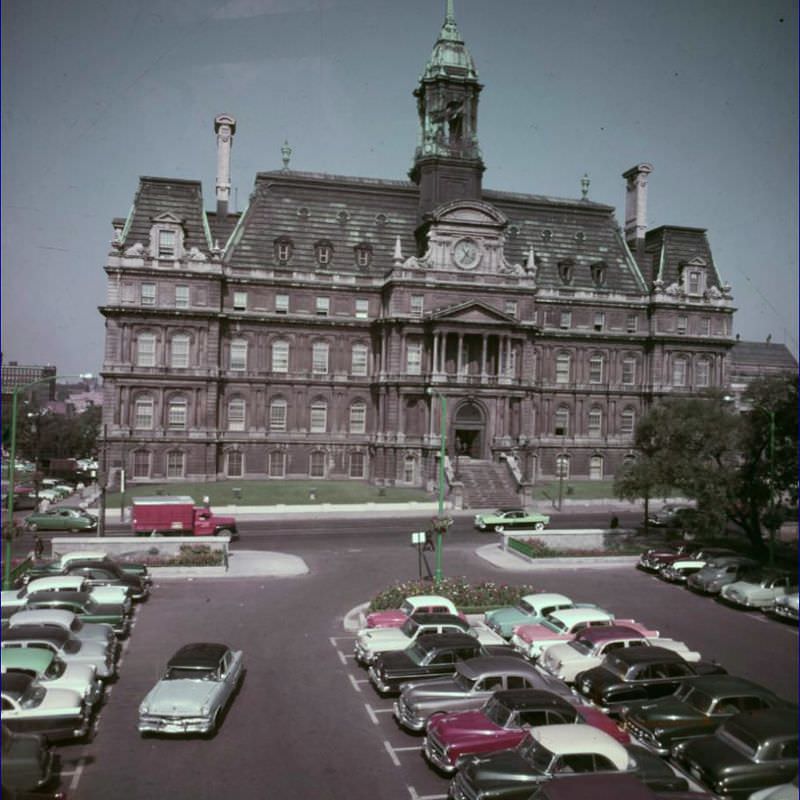
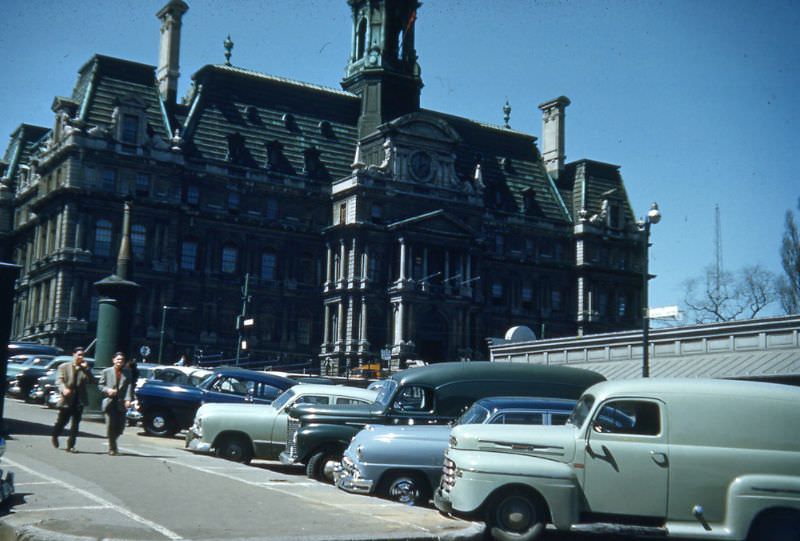
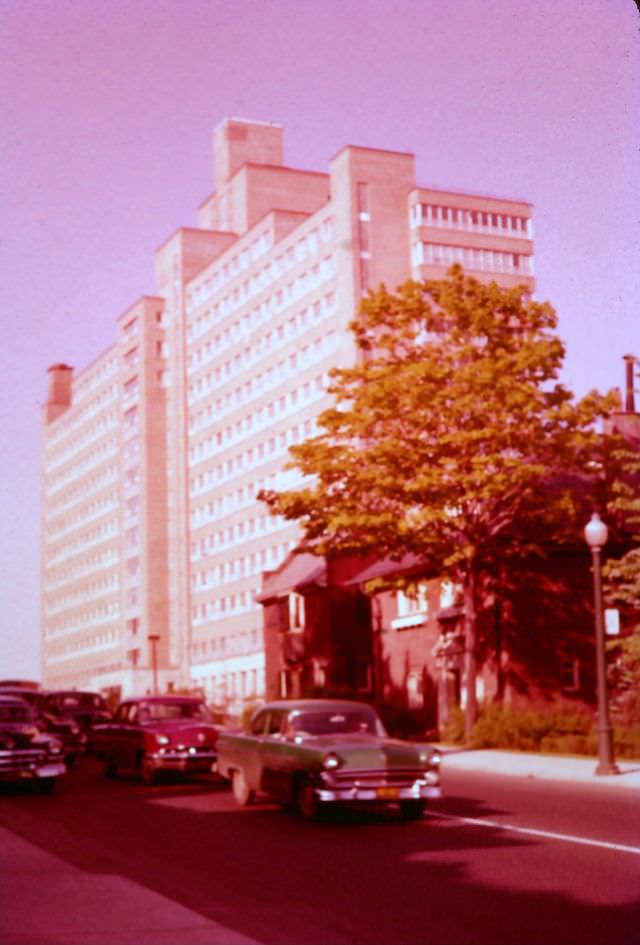
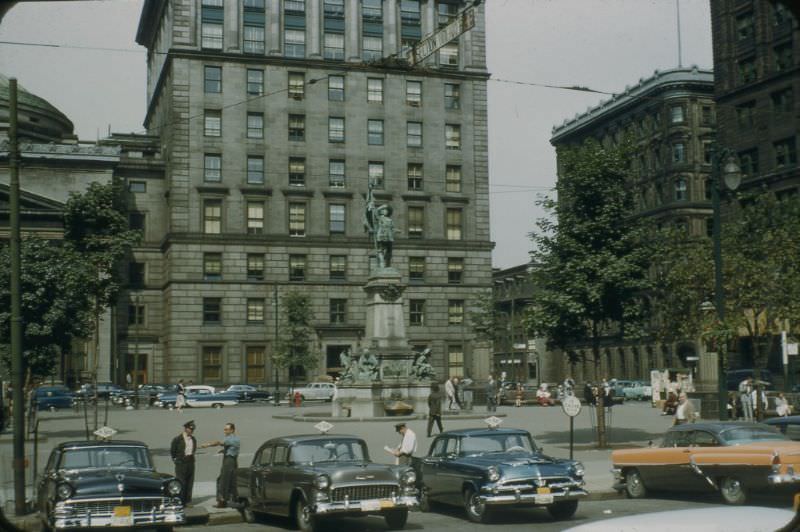
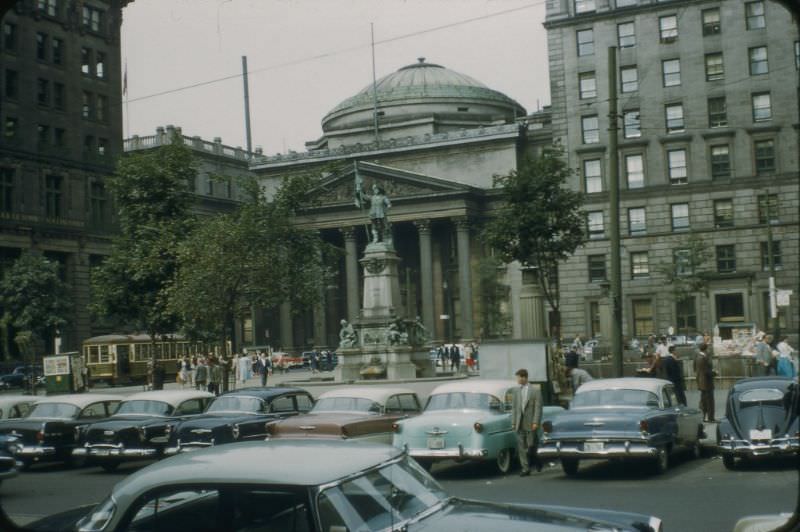
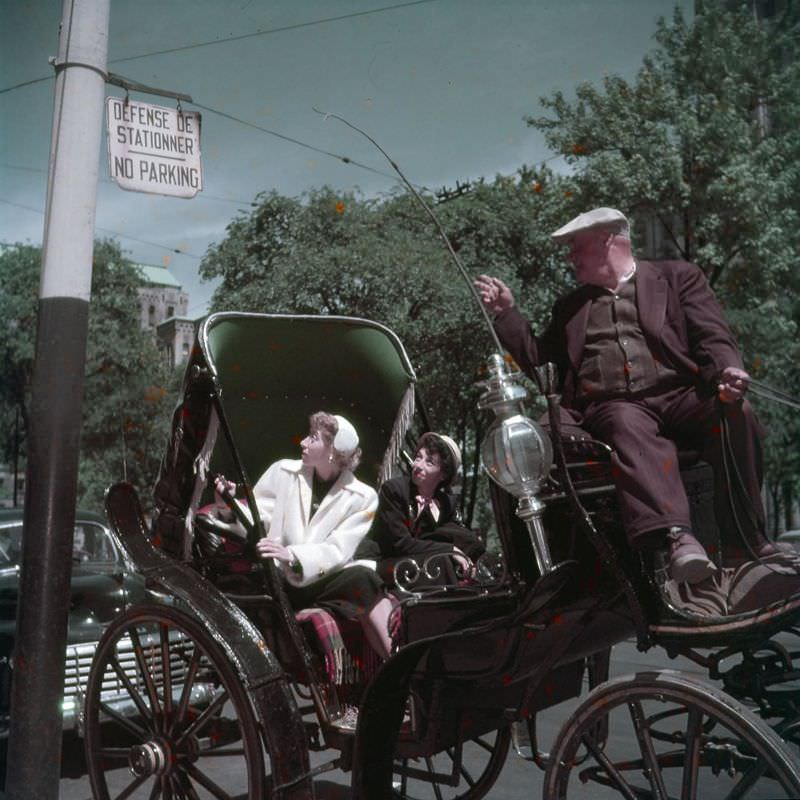
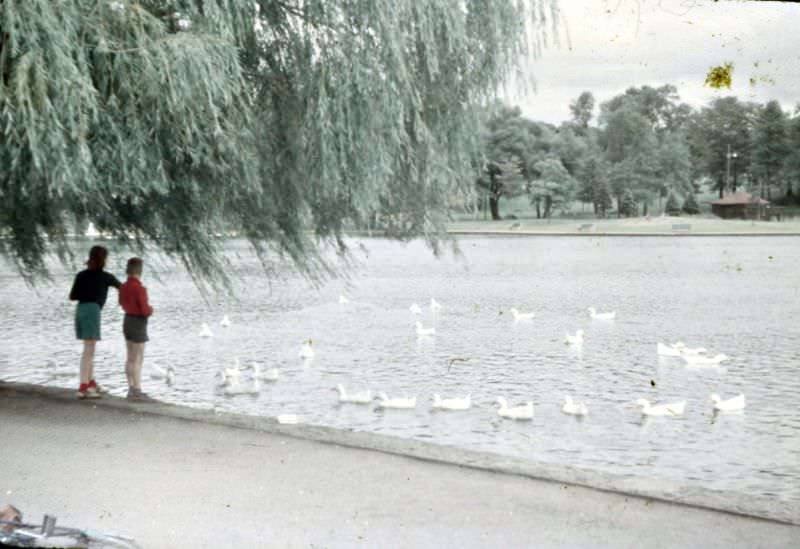
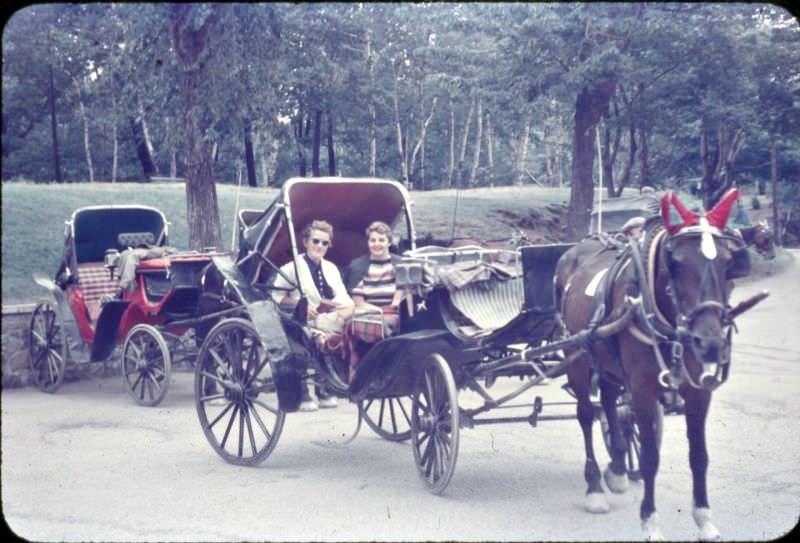
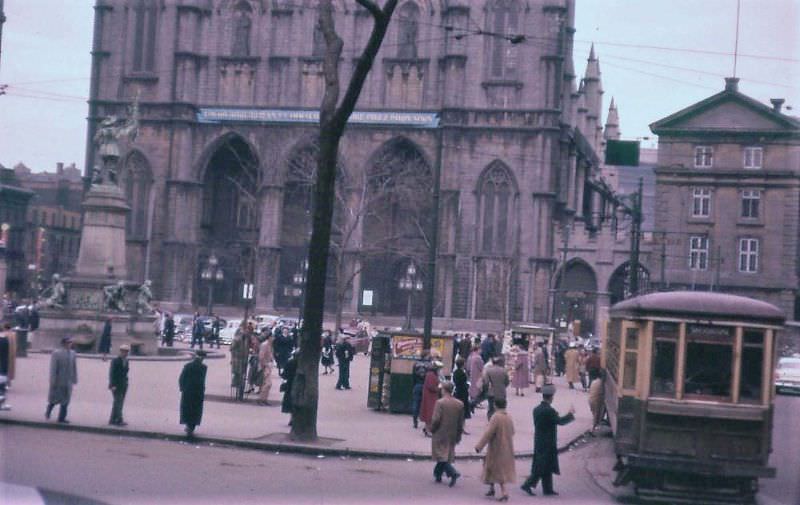
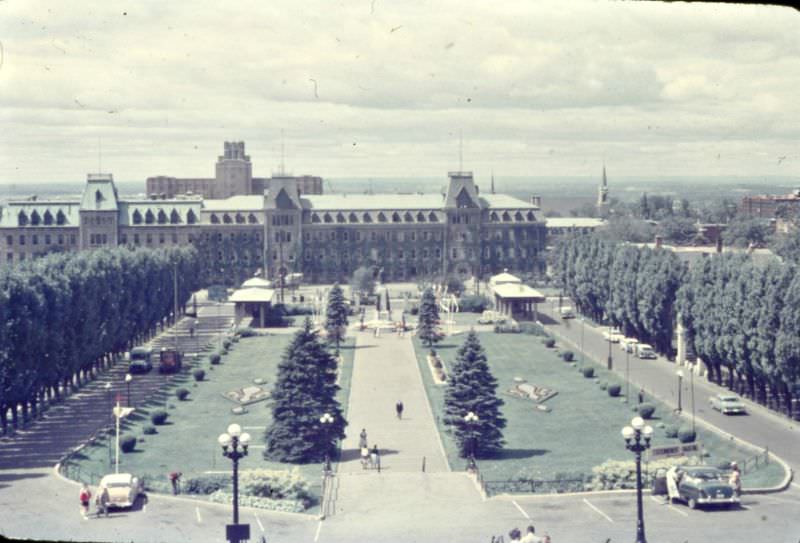
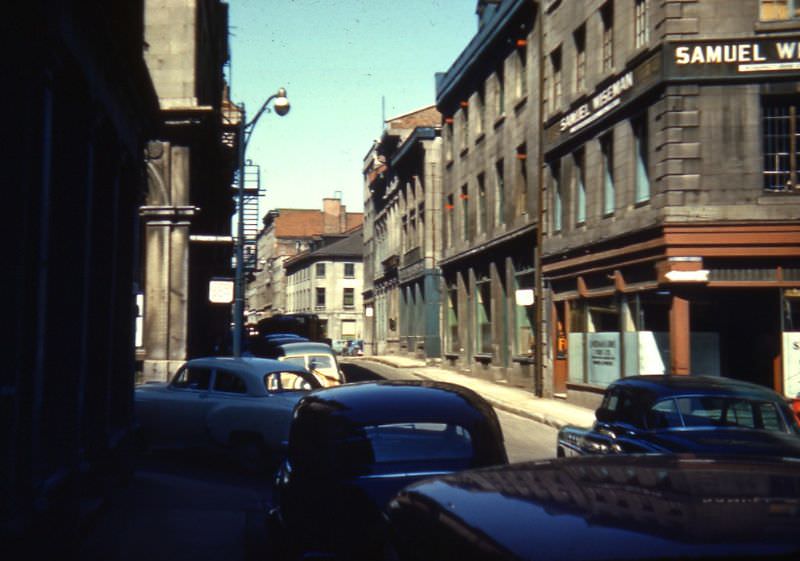
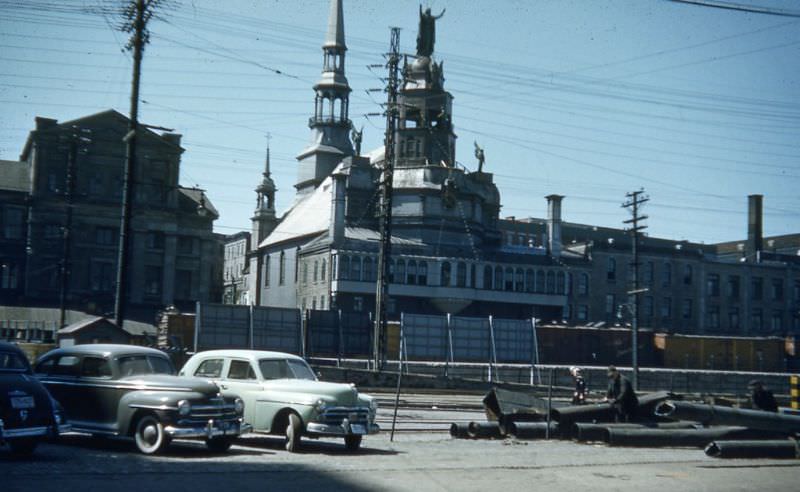
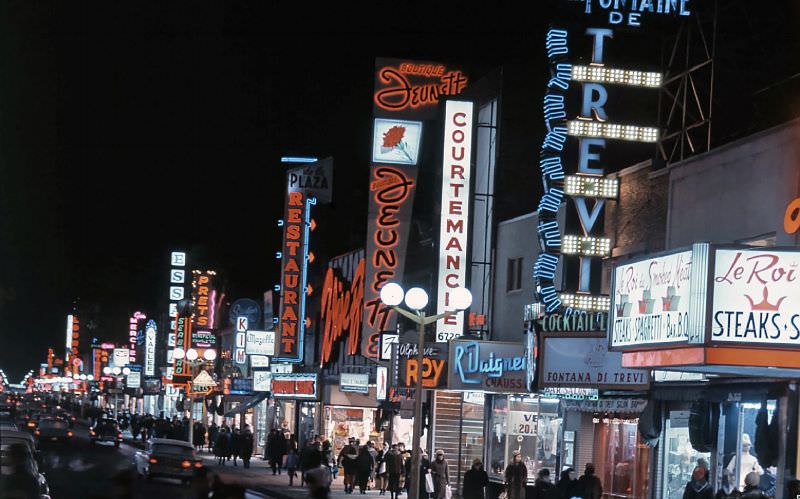
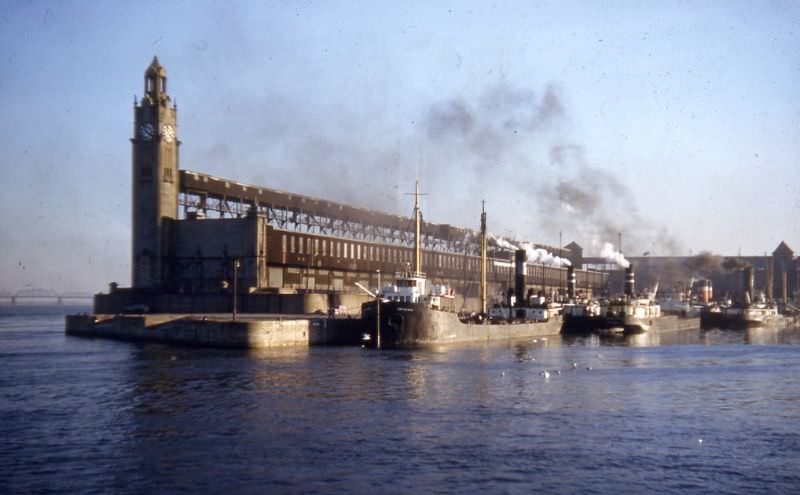
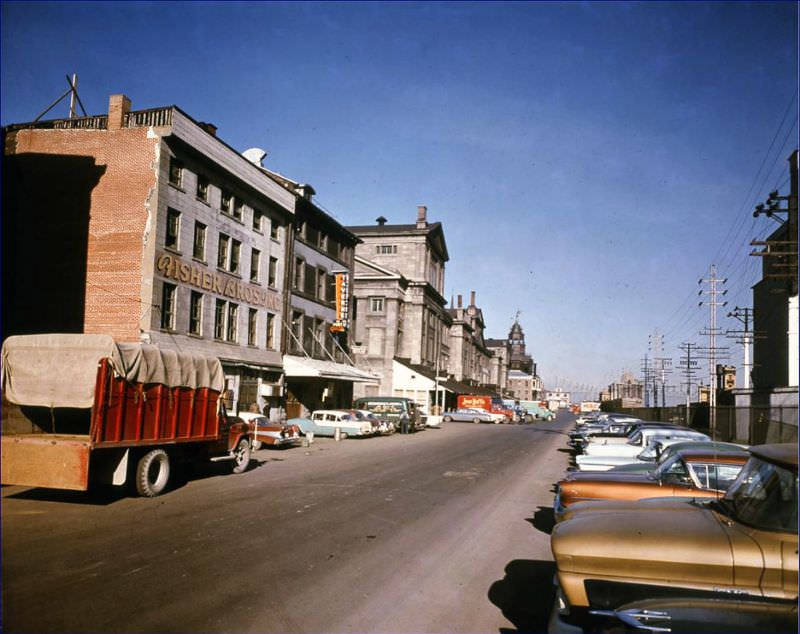
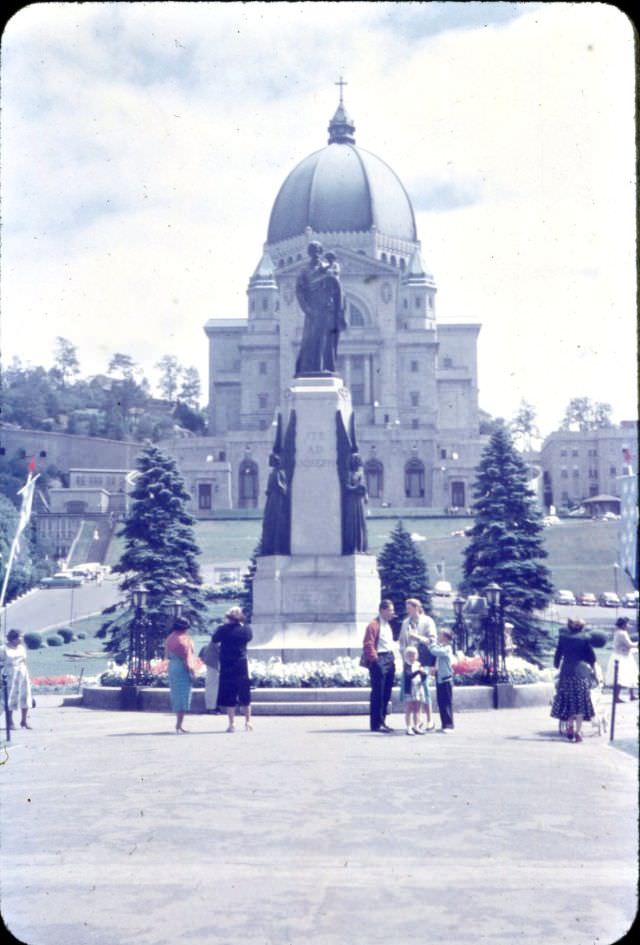
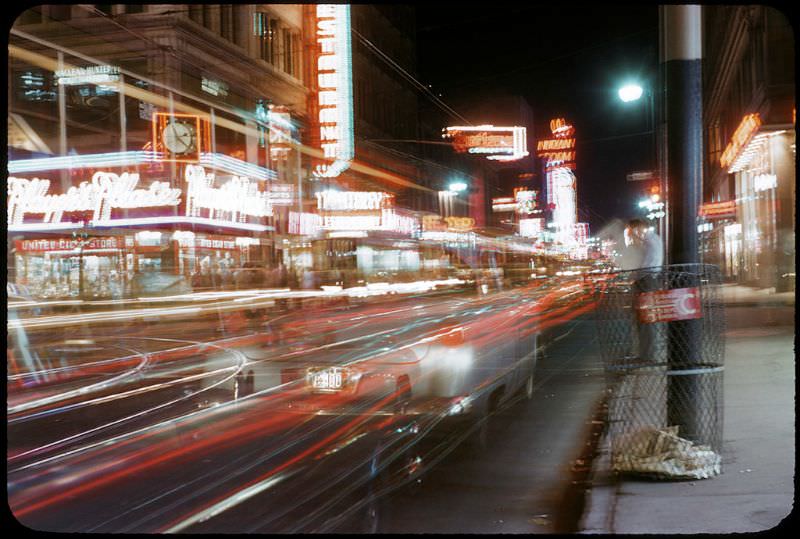
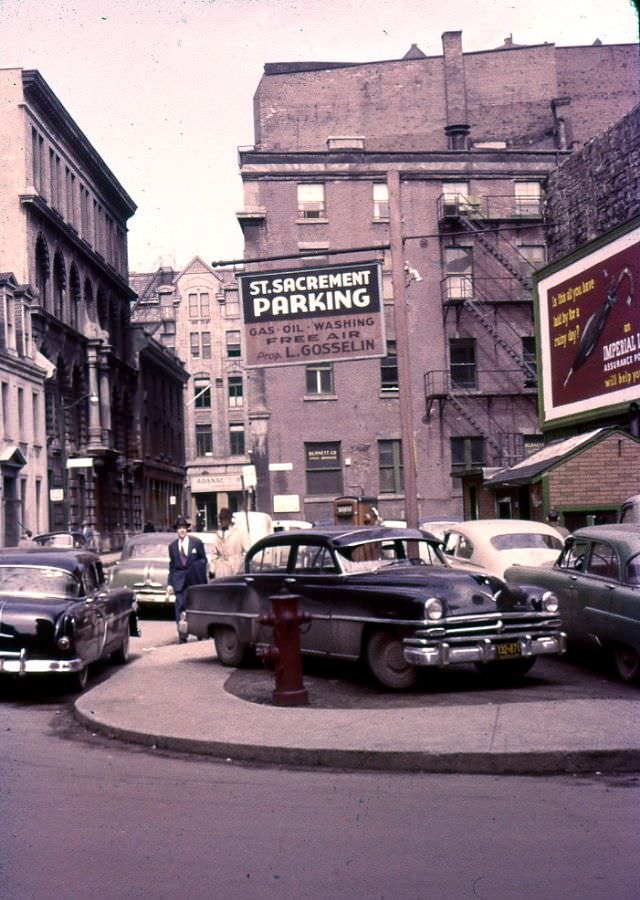
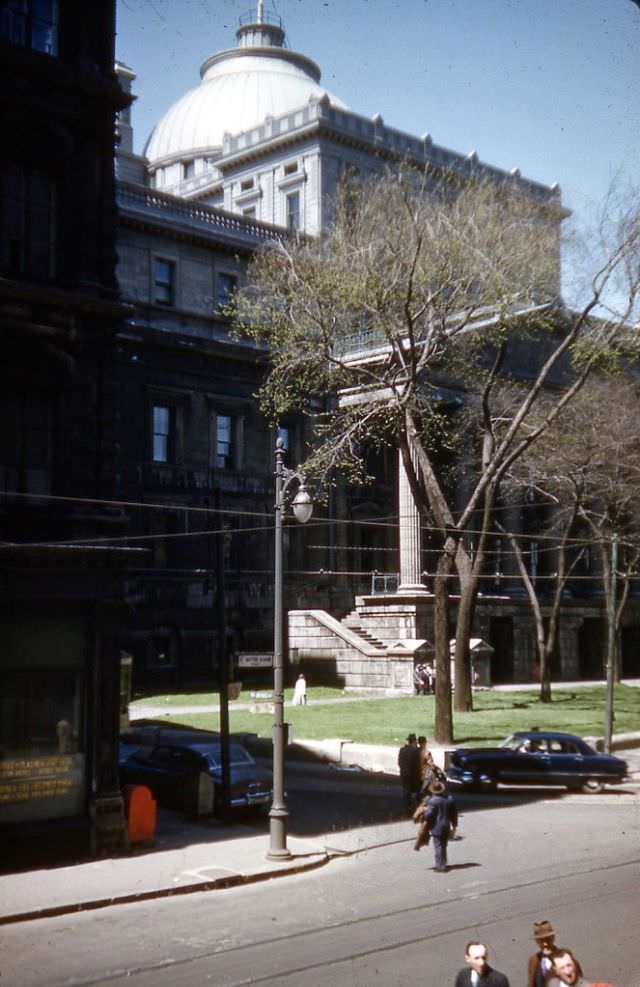
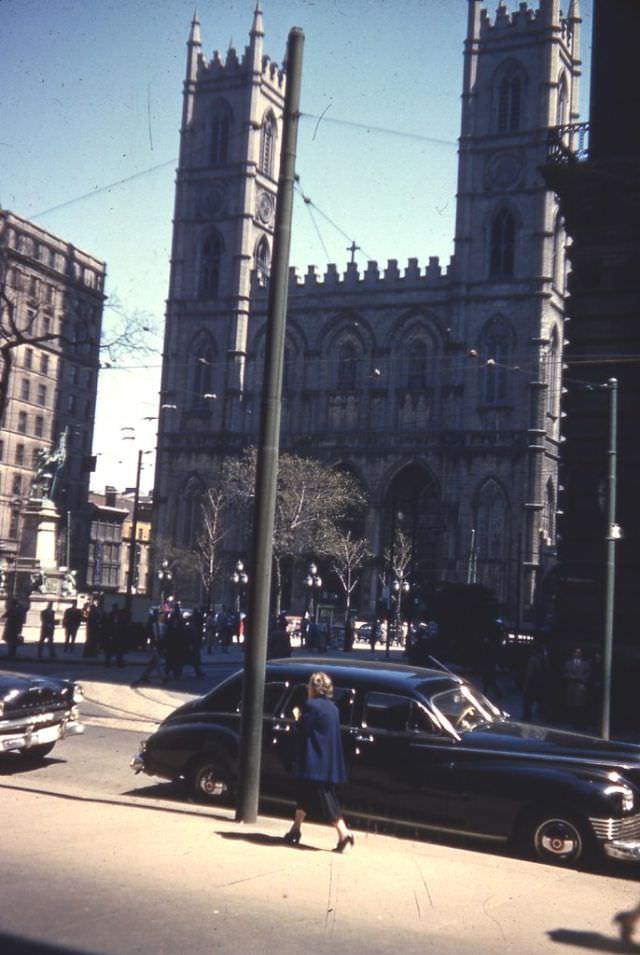
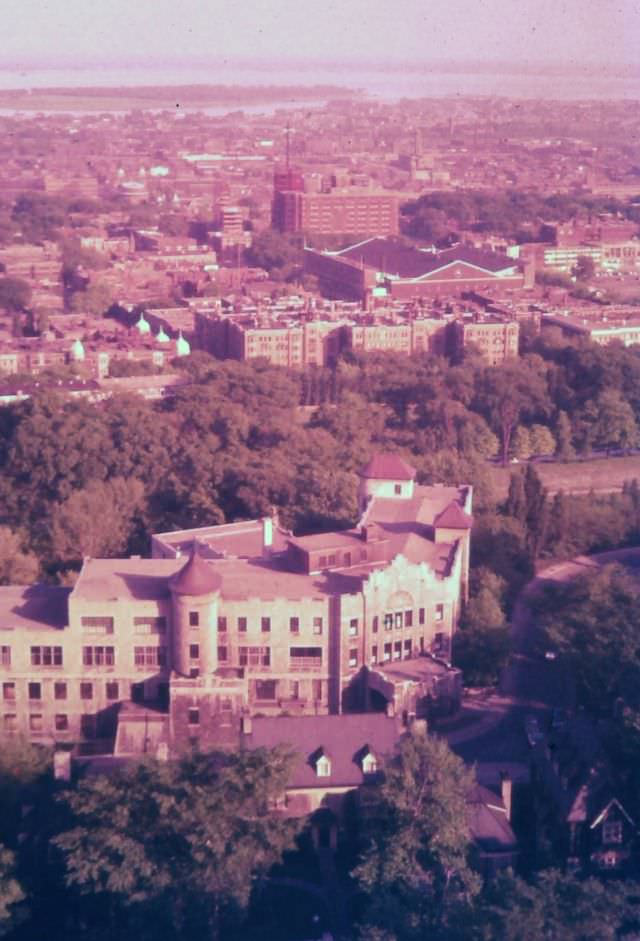
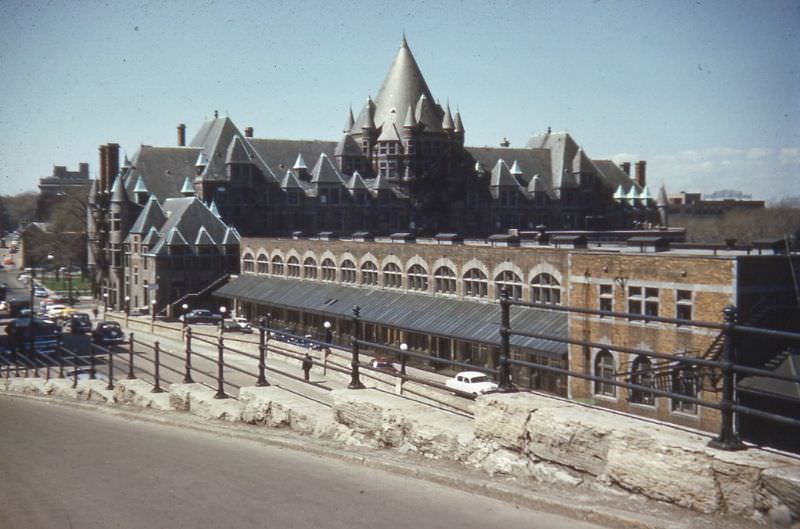
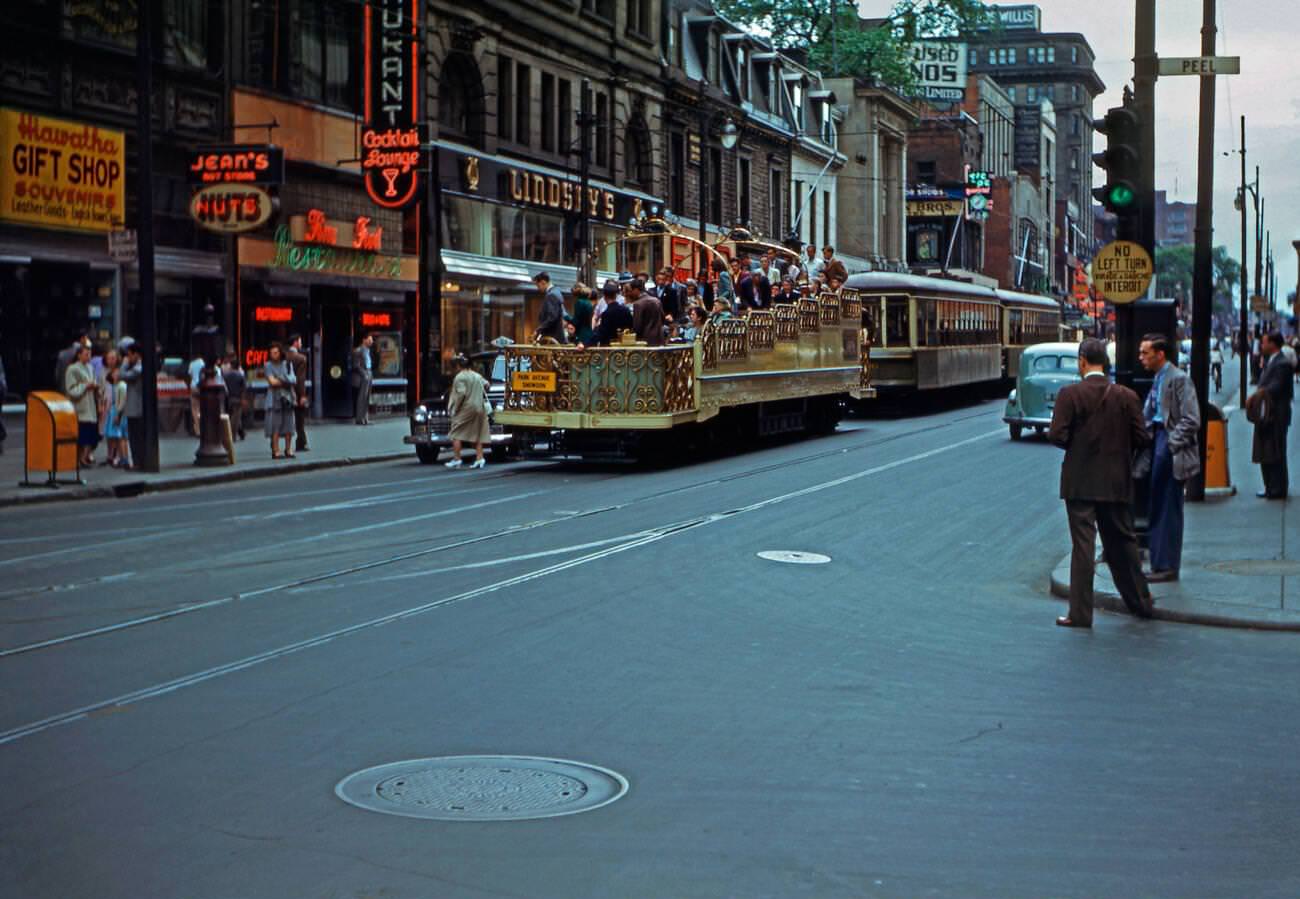
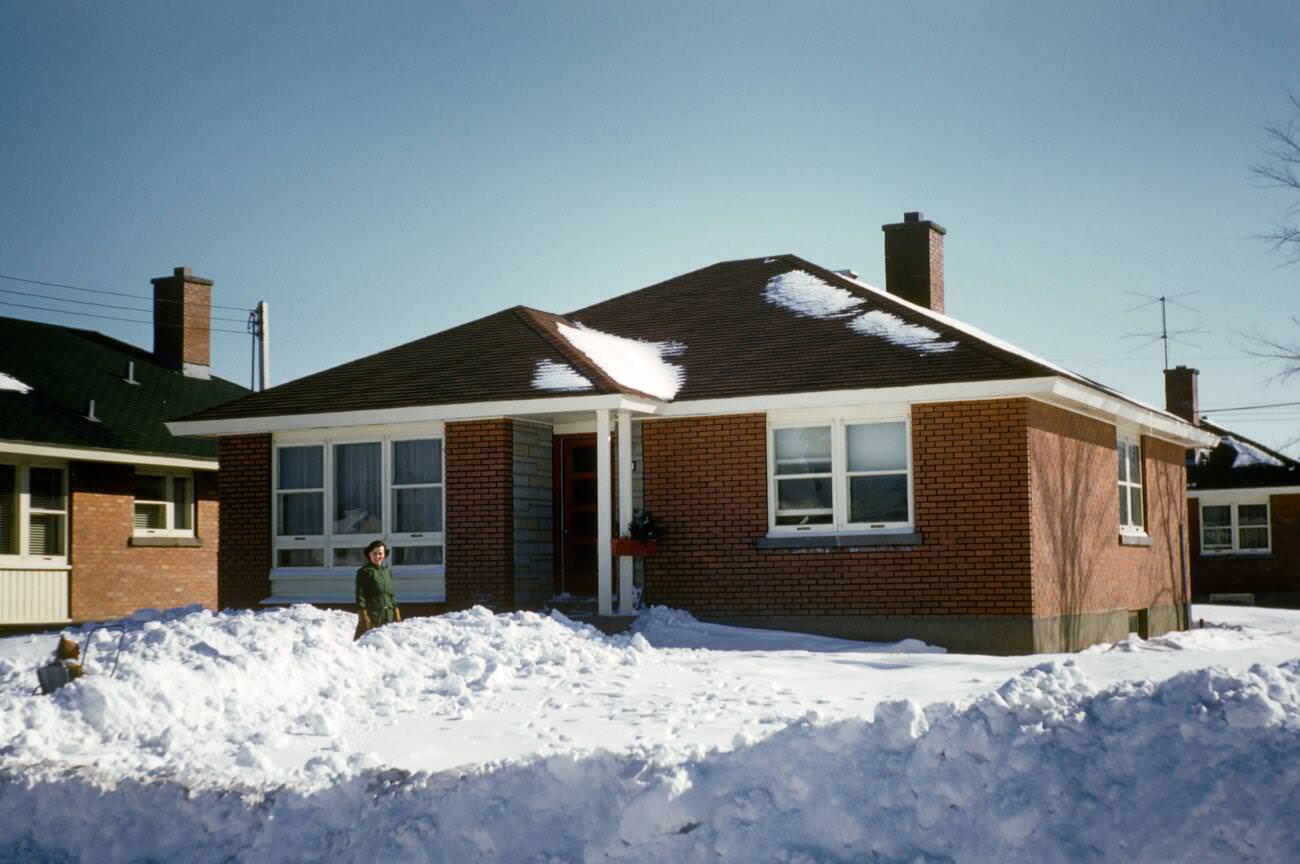
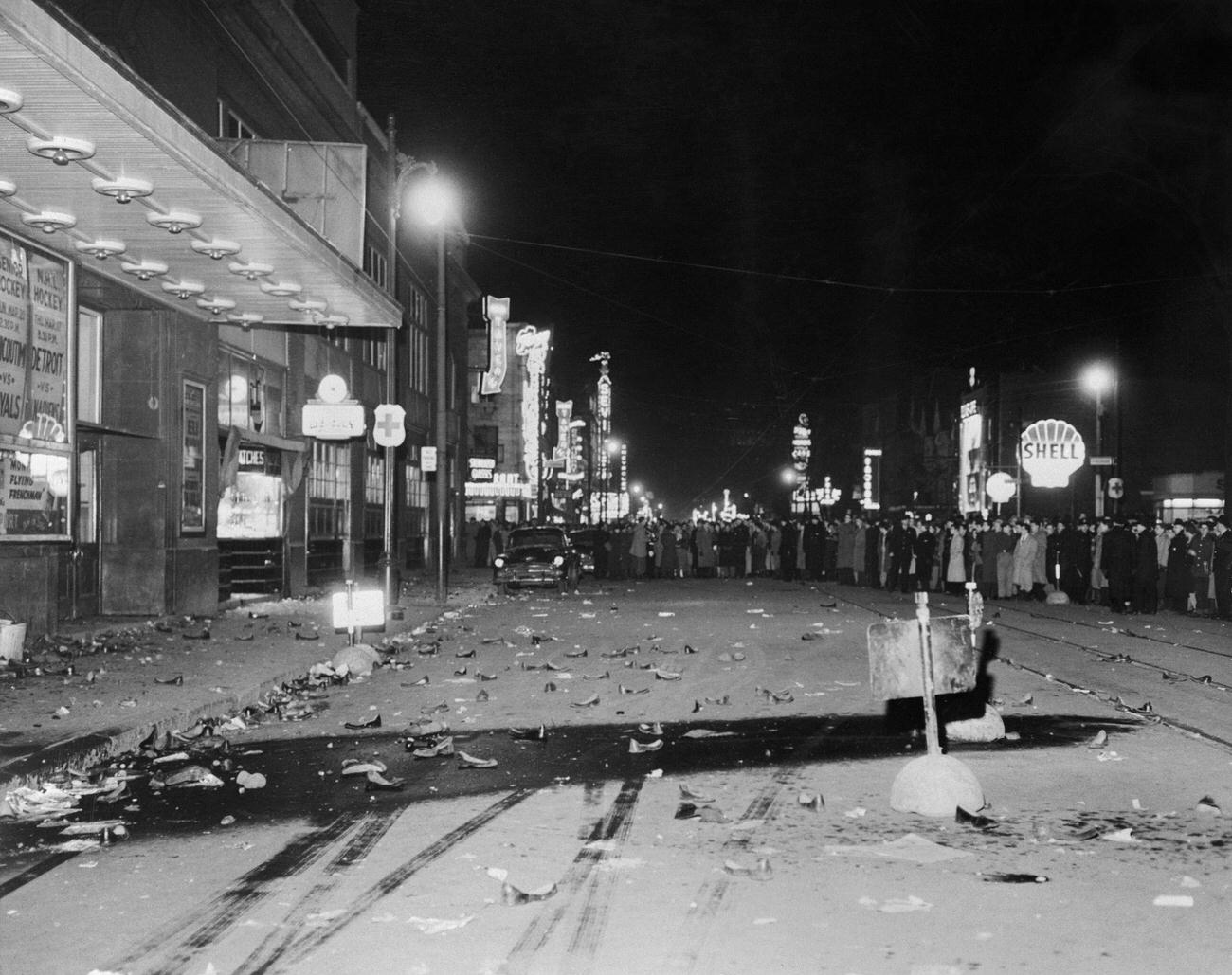
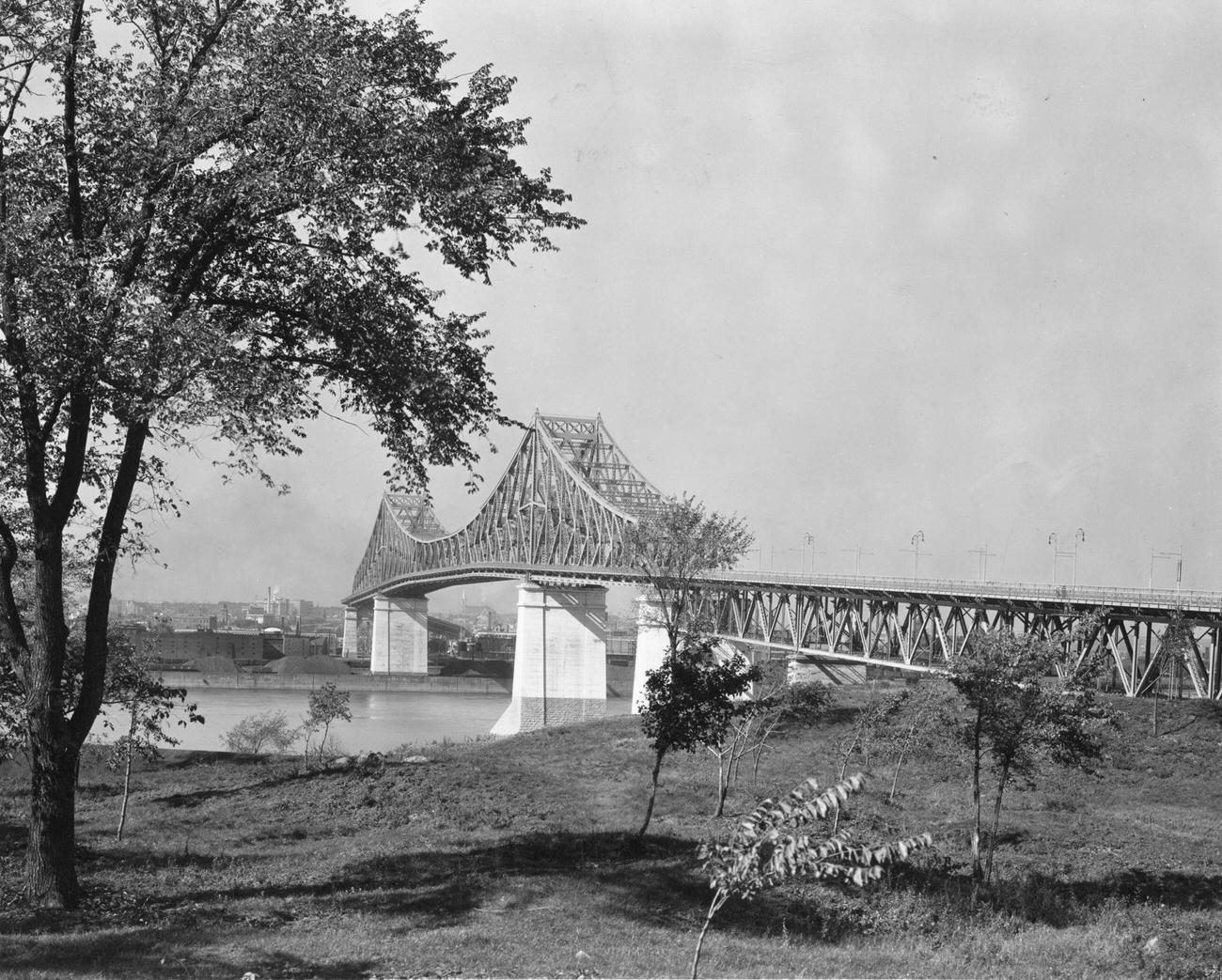
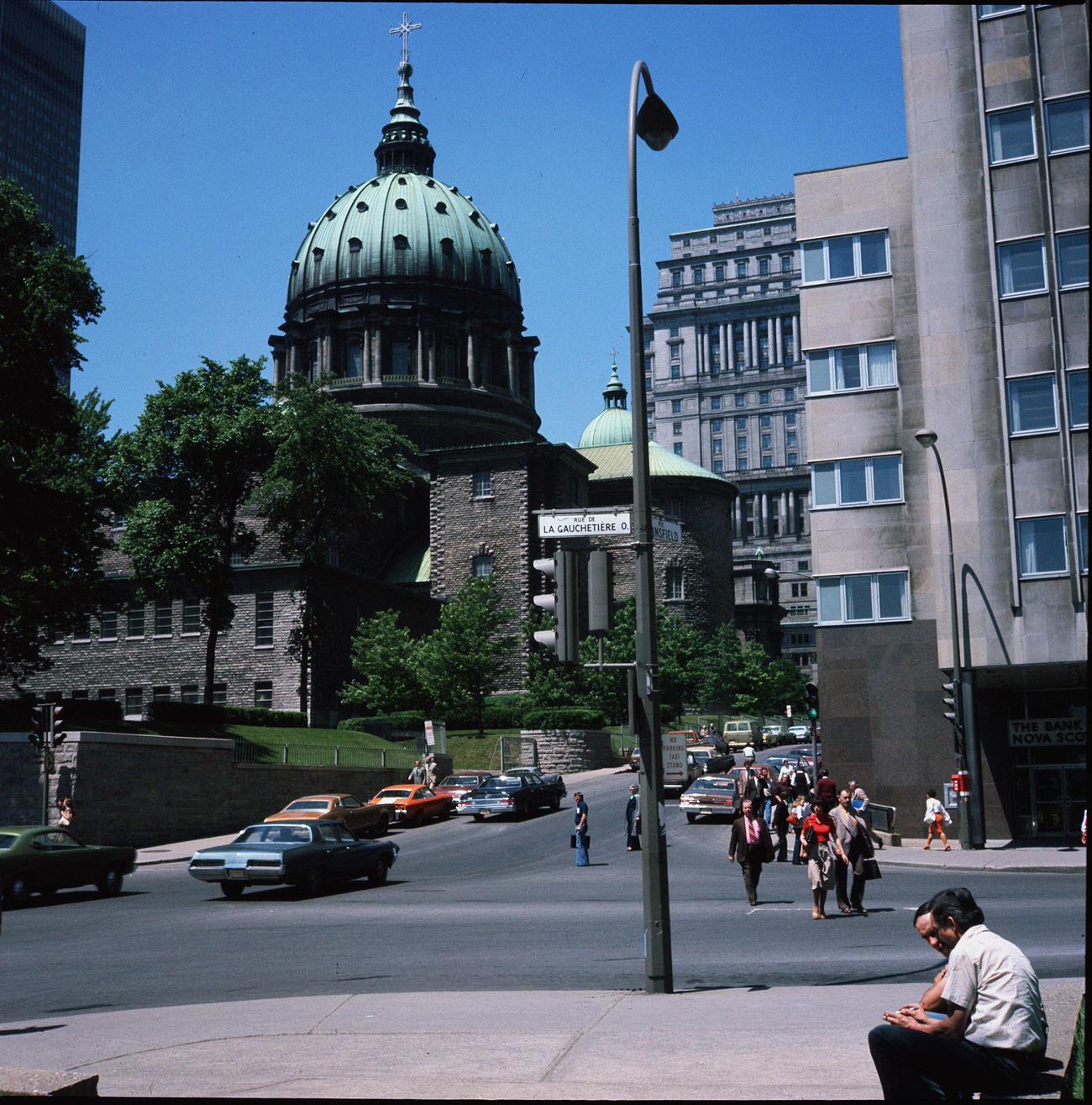
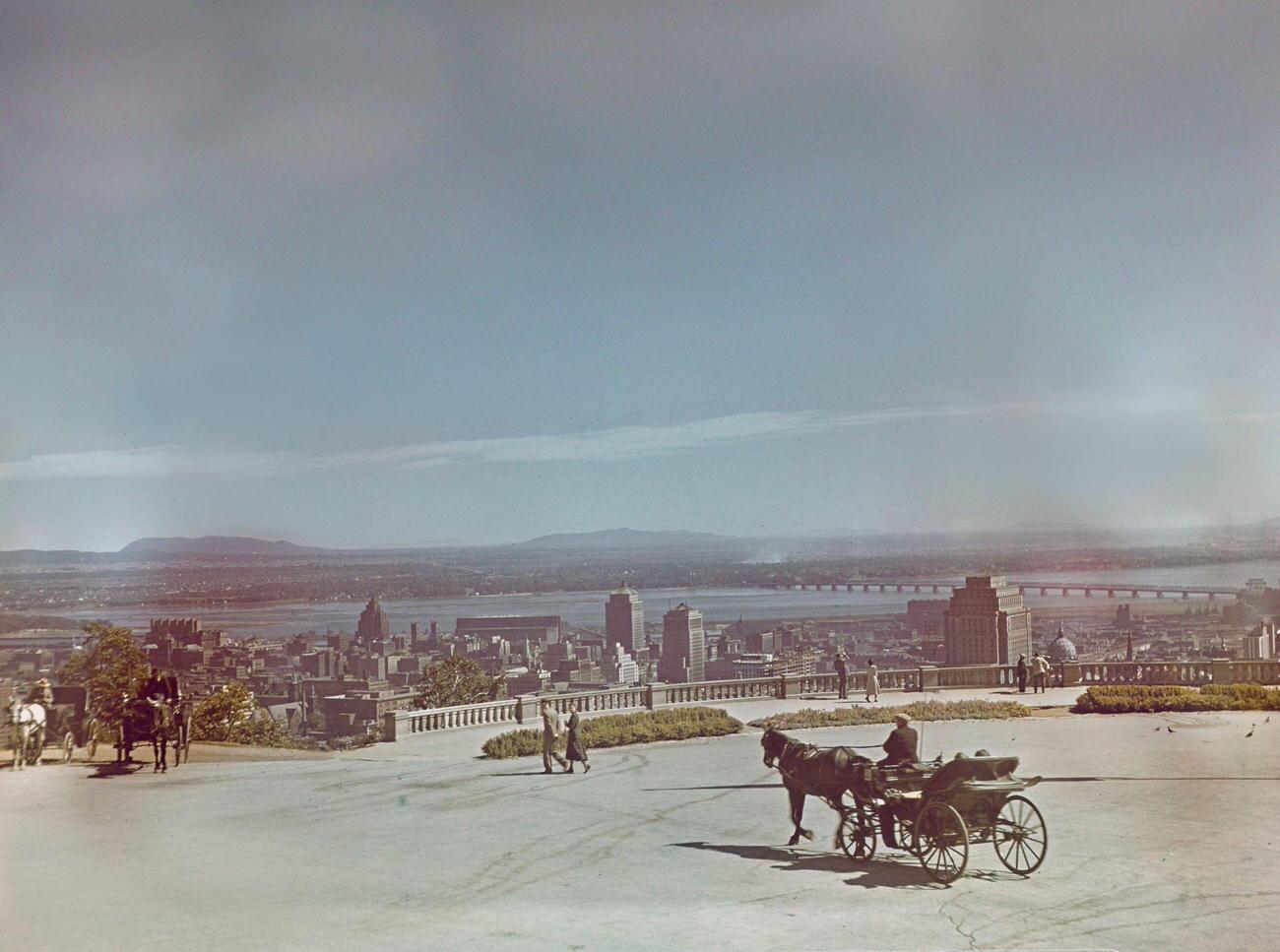
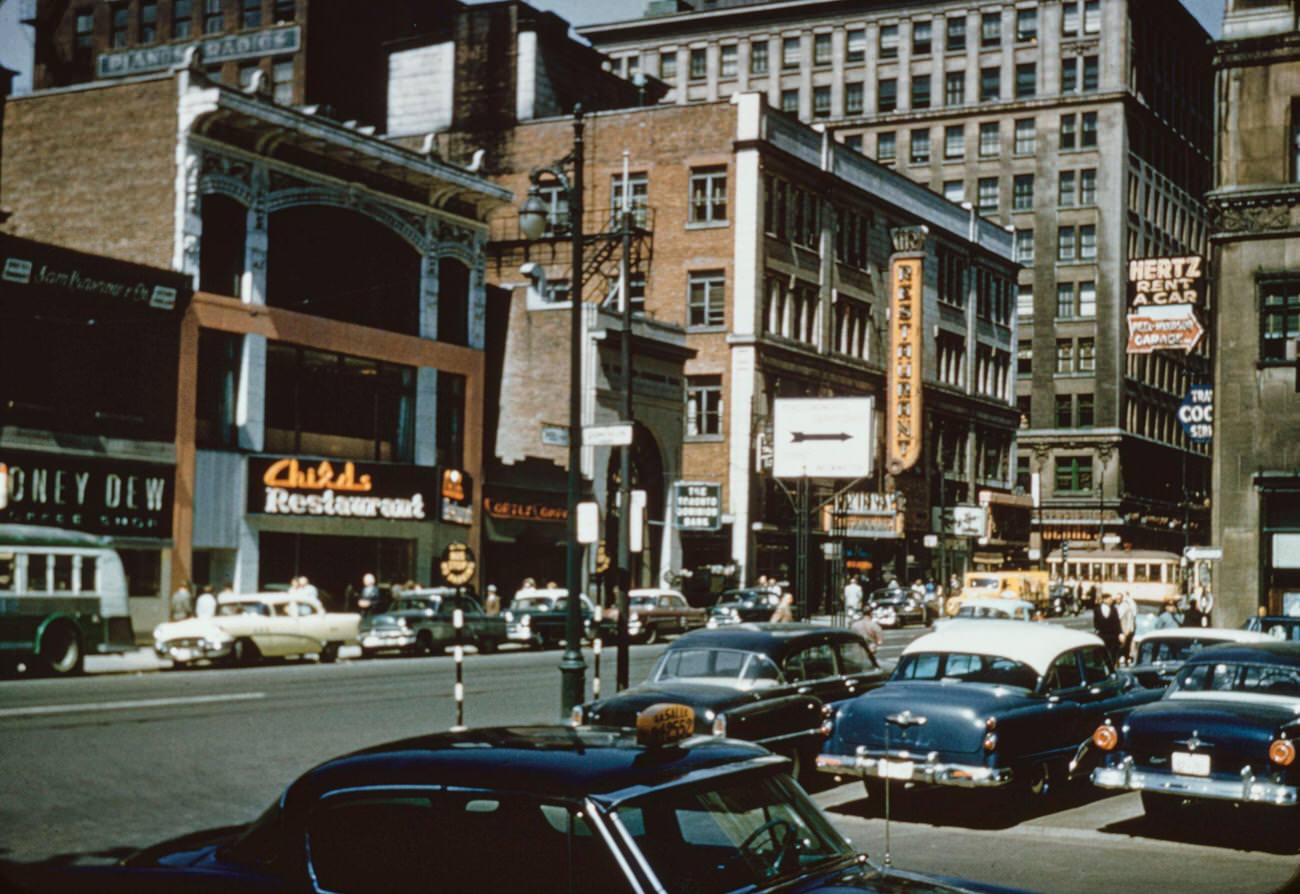
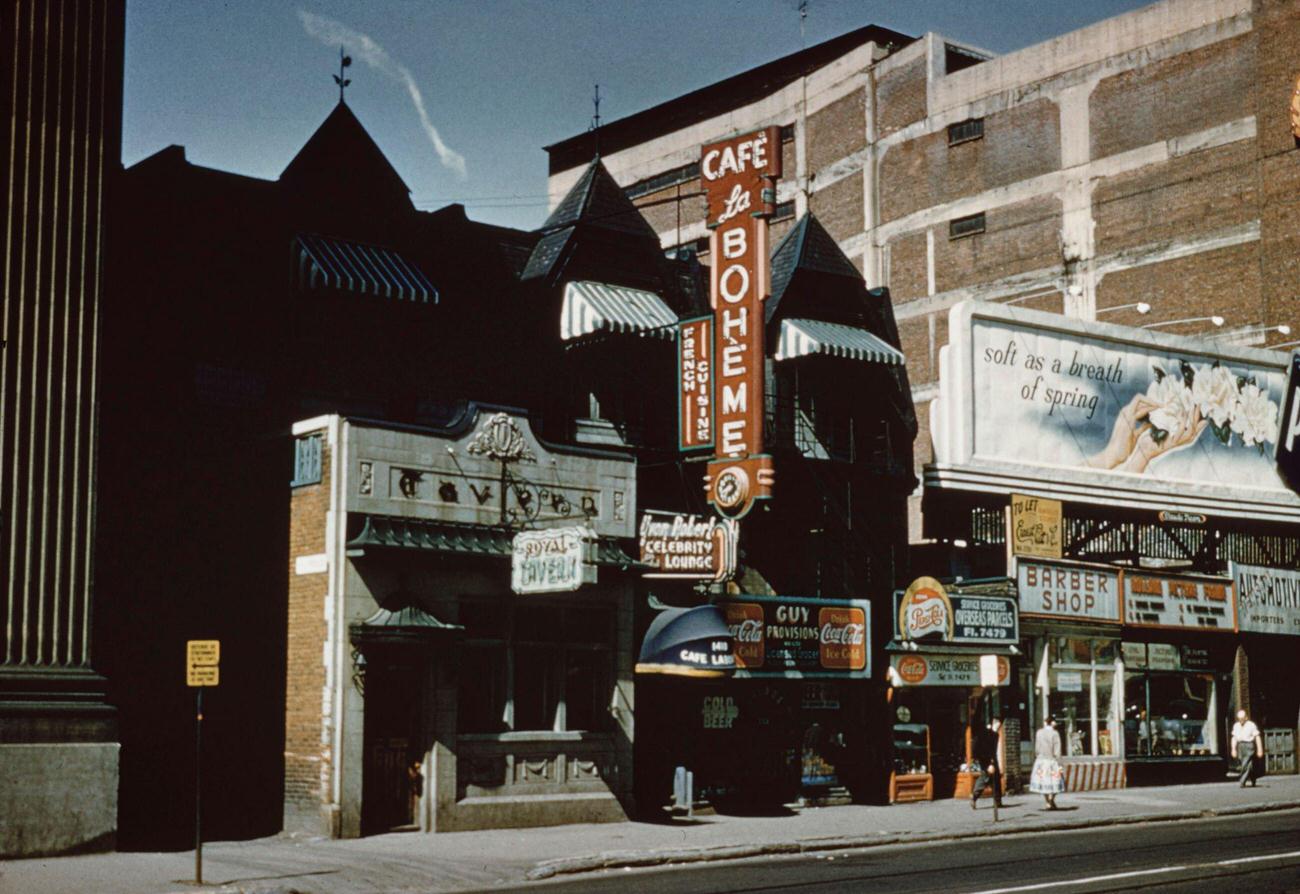
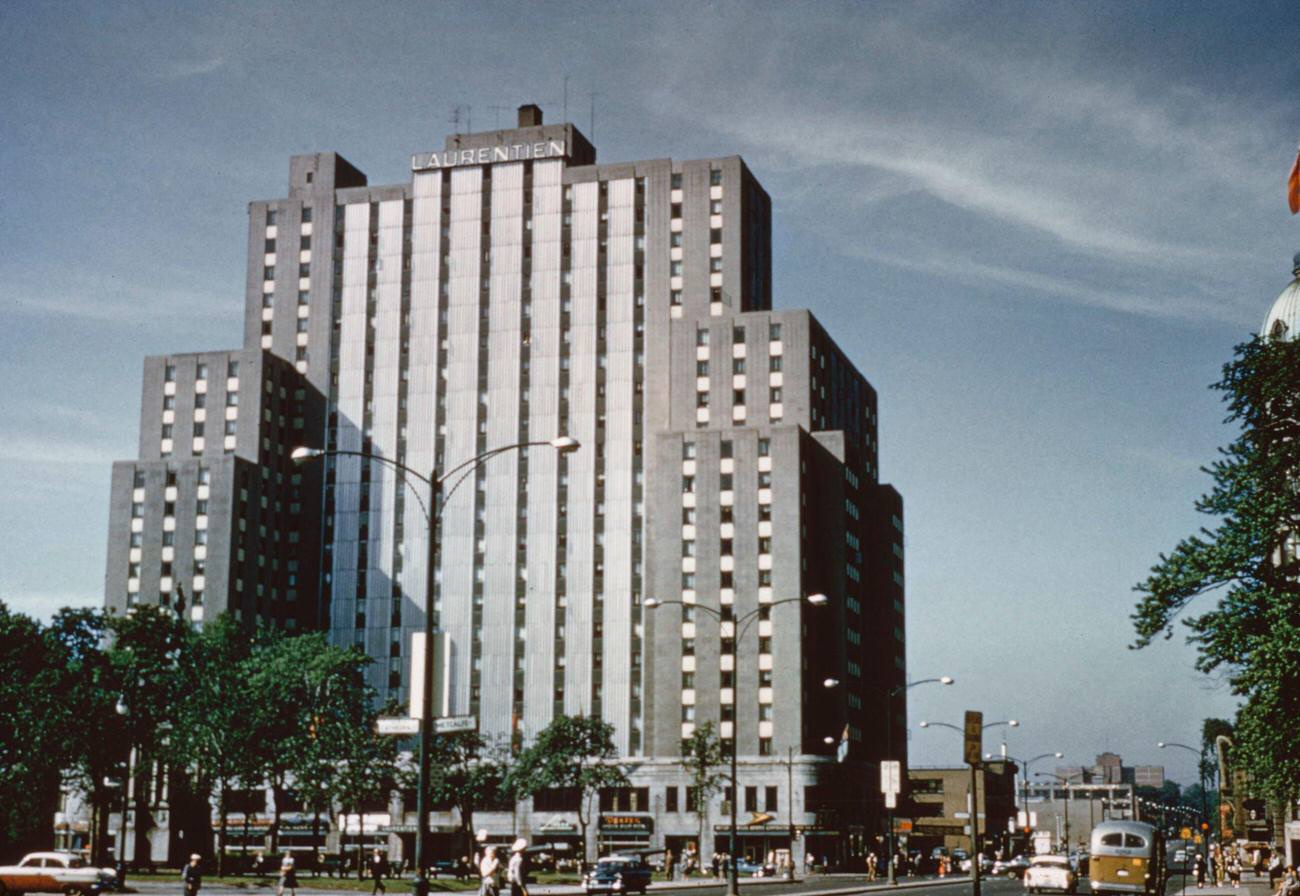
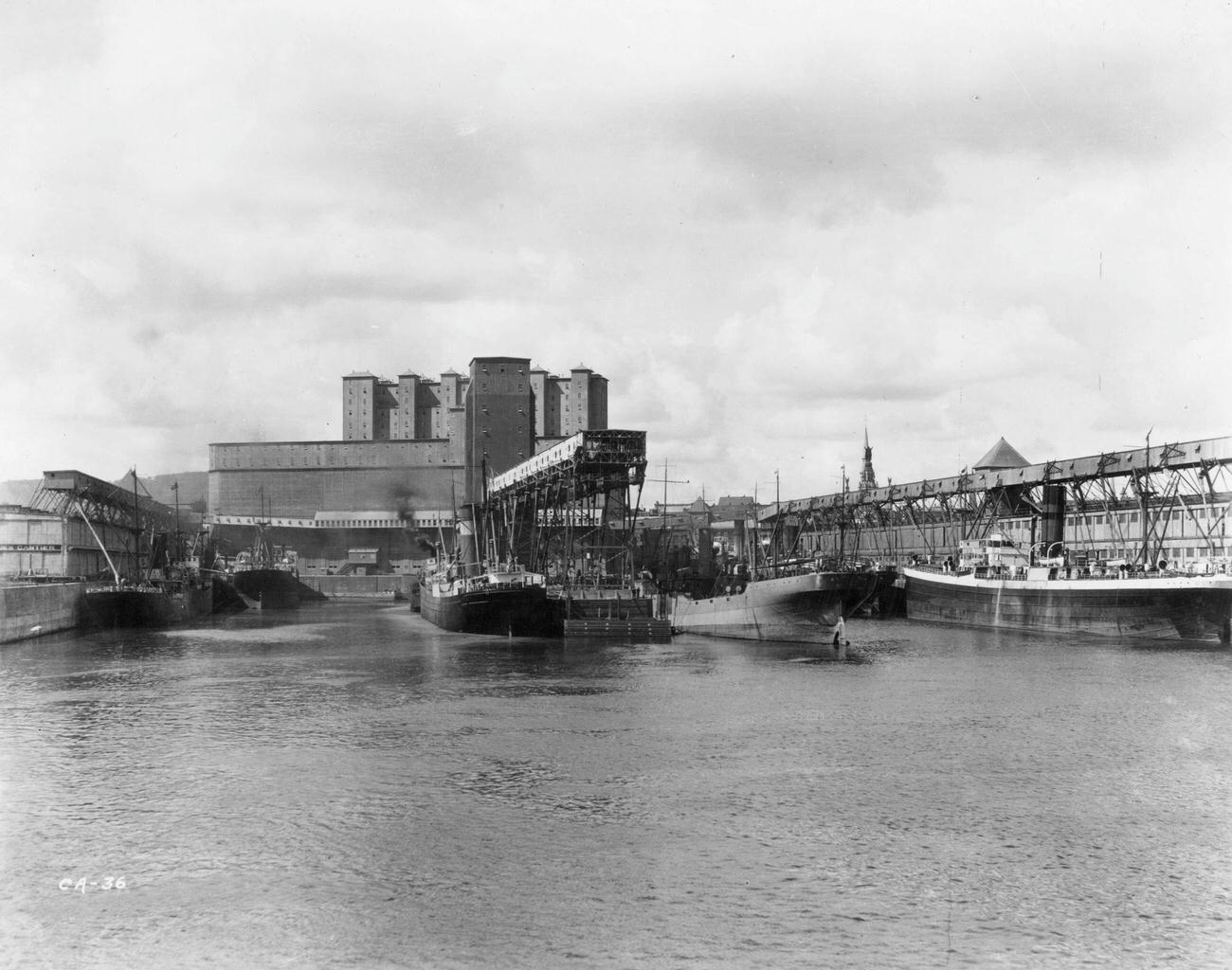
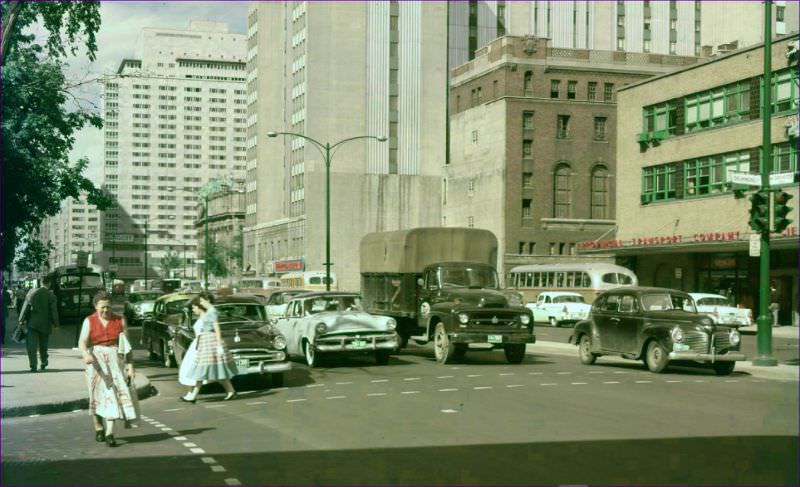

the cars from photo #37 are very clearly from the 1970s lol